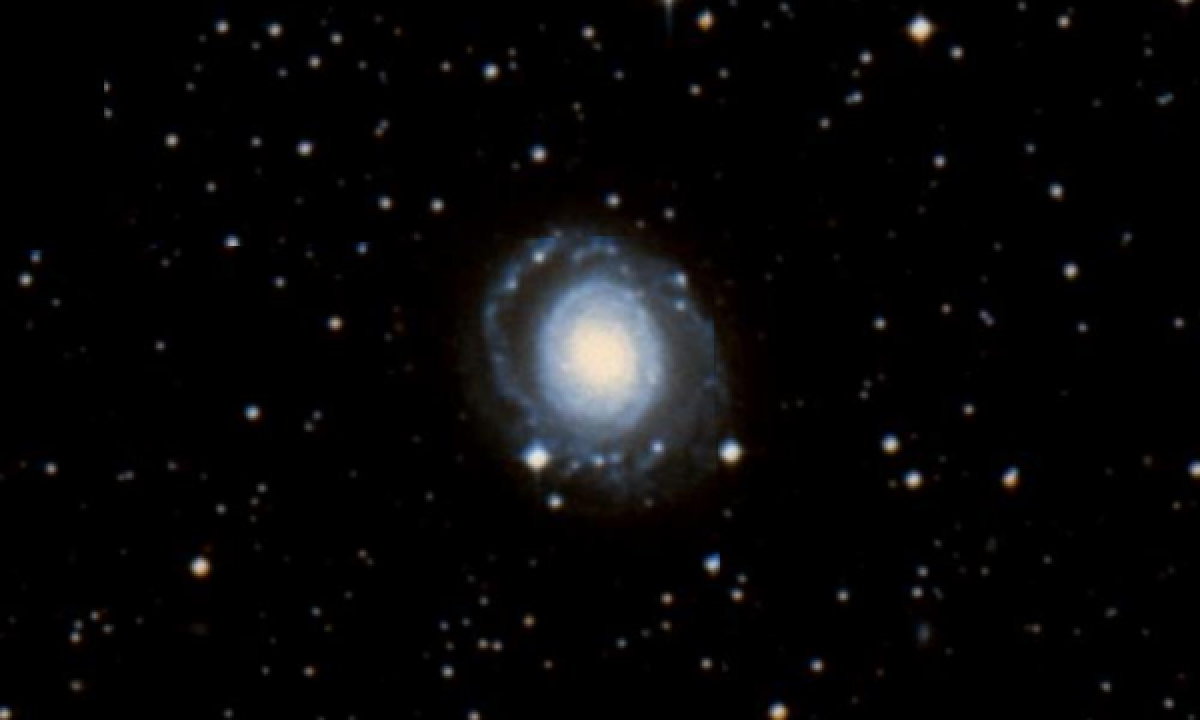The New General Catalogue of Nebulae and Clusters of Stars (abbreviated as NGC) is a catalogue of deep-sky objects compiled by John Louis Emil Dreyer in 1888. The NGC contains 7,840 objects, known as the NGC objects. It is one of the largest comprehensive catalogues, as it includes all types of deep space objects, including galaxies, star clusters, emission nebulae and absorption nebulae.
Know more about NGC
NGC 6753

NGC 6753 is a massive unbarred spiral galaxy, seen almost exactly face-on, in the southern constellation of Pavo. It was discovered by the English astronomer John Herschel on July 5, 1836. The galaxy is located at a distance of 142 million light years from the Milky Way, and is receding with a heliocentric radial velocity of 3,140 km/s. It does not display any indications of a recent interaction with another galaxy or cluster. The morphological class of NGC 6753 is (R)SA(r)b, indicating it is a spiral without an inner bar feature (SA), displaying outer (R) and inner (r) ring structures, and moderately wound spiral arms. It is being viewed nearly face-on with a galactic plane inclination by 30° to the line of sight from the Earth. The galaxy is flocculent in appearance with a prominent central region. The virial mass of the galaxy is ~1×1013 M☉, while the stellar mass is 3.2×1011 M☉. It has a star formation rate of 15.5 M☉·yr−1, which is confined to a radius of 15 kpc around the core. The most active region of star formation is the inner ring. It has a hot, X-ray luminous corona that extends out to a radius of 50 kpc.
More Images:

Sources:
Wikipedia Page: NGC 6753
NGC 6753 at In-The-Sky website
